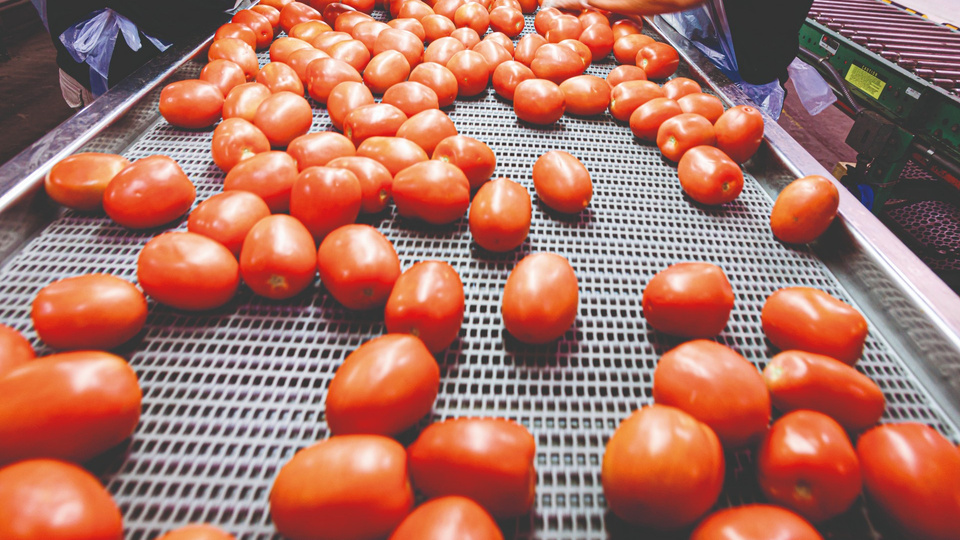Redpossum
Registered
- Joined
- Mar 20, 2014
- Messages
- 3,046
- Likes
- 3,156

La industria tomatera en alerta | Empresarios piden medidas de control sobre las importaciones
Las cámaras patronales advierten que la producción nacional está en peligro a causa de la suba del costo de los insumos y la avalancha de importaciones.
Employers' associations warn that domestic production is at risk due to rising input costs and the avalanche of imports.
The tomato industry in Cuyo is facing a severe crisis due to large-scale imports of tomato paste from China and Chile, and fresh tomatoes from Paraguay. Purchases are made under conditions detrimental to local producers: at prices significantly lower than domestic costs, which is jeopardizing the industry, which is primarily important in La Rioja, Mendoza, and San Juan.
Business chambers presented a petition to provincial governments, warning of a drop in production and the resulting loss of direct and indirect jobs. Página/12 had previously reported that food imports are growing rapidly due to the exchange rate lag and trade deregulation .
Unusually high tomato paste imports could "cause a 65 percent drop in local production for the 2025 season ," according to estimates presented by industry chambers to the Sitio Andino website .
The volume of processed tomato imports in the first month of 2025 already exceeds the total purchased in 2023, according to calculations by the Argentine Institute for Agroindustrial Development (IDAA): in January, 5,330 tons of processed tomatoes were purchased from China and 3,885 tons from Chile. Furthermore, 60,000 kilos of fresh tomatoes entered Mendoza from Paraguay in the final months of last year.

